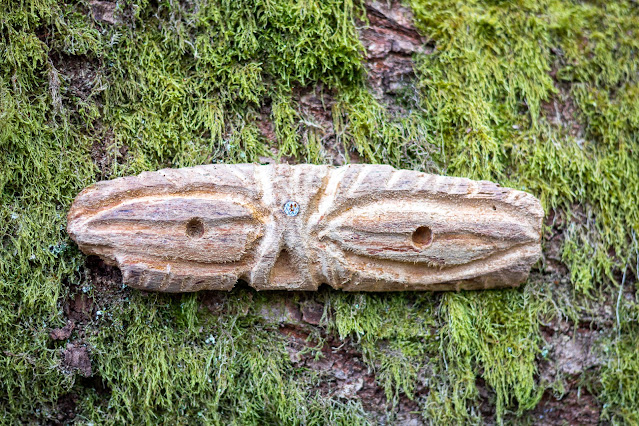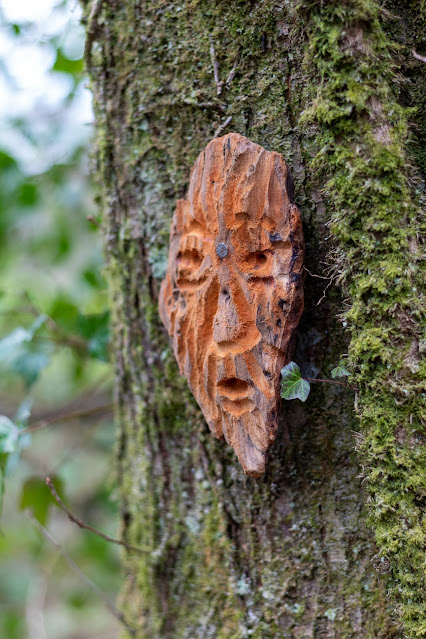There are plenty of ruins here that lead you through the story of Botallacks past and how important this place was.
During the 19th century, mining in the region needed to grow at a fast pace leading to the village also expanding. The reason? like many villages in Cornwall, Copper and Tin were abundant in the ground and vast wealth was to be gained from getting this valuable commodity out of the ground and processed.
During this period copper was in demand for telegraph cables, Tin was also needed to preserve foodstuffs and of course, the two combined made Bronze which was used in industry for many years.
Starting life as a farming hamlet in a parish with a population of 2700 in 1801, it was the mineral ore laid down under the ground and out to sea that made this parish swell to 13000 by 1860.
Extensive building was carried out to house the miners moving into the county.
By 1860 this village was one of the best producers of copper and especially of tin anywhere in the world.
The industry employed over 90% of the area's inhabitants at its height this was around 500 people.
Much of the ore was under the sea and mine shafts would have been sunk 500 metres vertically into the earth and then a further 500 metres out under the sea. Workers would have climbed down ladders to the bottom and then have to walk, often crouched over the rest of the distance to reach the mine face.
Over the years of operation, there would have been hundreds of mines excavated here as mines would have run dry over 10 years or so and then they would have needed to open another mine to find another seam of ore. The result is an area with over 30 miles of tunnels left behind after the work finished.
In its time the mines at Botallack produced 15000 tons of Tin and 20000 Tons of copper.
Botallacks mines were very productive and the production here dominated the world's supply of copper and especially tin which was in short worldwide supply. Of course, this meant that the raw material was at a premium price but it was destined not to last as over time deposits of tin and copper were found in the far-flung territory of Australia and was being mined on vast scales which led to the price falling and by the turn of the century the mines became uncompetitive leading to tin and copper mining being no longer profitable.
There was some relief to come, if only for a short time, as in the Victorian period, there was a by-product of tin mining that was to prove profitable, Arsenic.
Although a lethal product, in Victorian times arsenic was seen as something of a wonder, although the toxicity of the product was known it was used in many items. Clothes were dyed with arsenic producing bright green colours, it was also used in fabrics around the best houses with the new green wallpaper dyed with arsenic being very popular with those who could afford it.
It was also used in cosmetics and "health products" and was thought to be a cure for spots, and pimples and also used to soothe irritable skin and was common as an ingredient in medicated soap.
So as the demand for this poison grew a process was produced for extracting it from the tin ore. Heating the ore until the arsenic gas escaped from it. The gas was then condensed and recovered by hand from the walls of the collecting catacombs.
The work was dangerous as breathing the gas or dust was debilitating and could be fatal, but also the arsenic would react to any liquid so protection had to be taken by the "collectors" as this dust deposit landing on sweaty skin would produce burning and pustules to form.
As this product proved to be so dangerous, the production and storage of the product was soon to become so highly regulated that in the early part of the 20th century this product also became unprofitable and by 1914 production had stopped and mining in the area was lost forever.
The remnants of this past history can now be seen along this coast which is now mainly dominated by tourism and visitors to this most beautiful part of the world are starting to be interested in the history as well as the stunning coastal scenery.












































